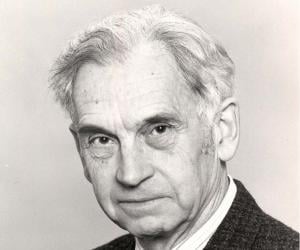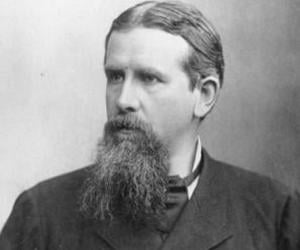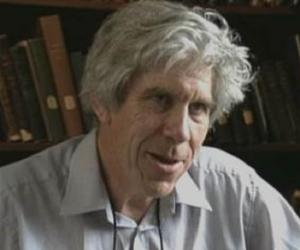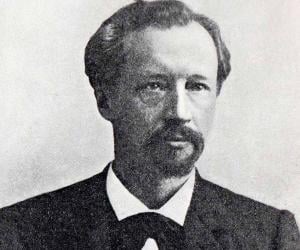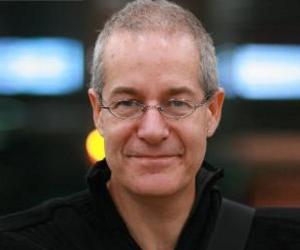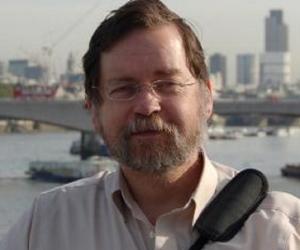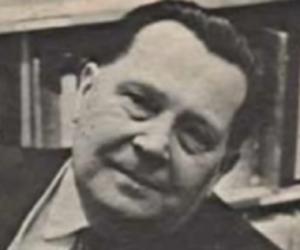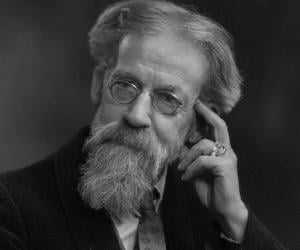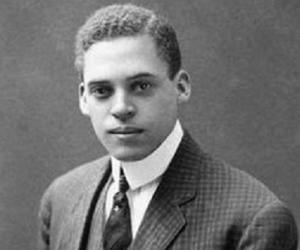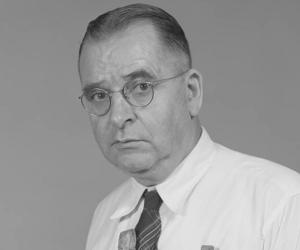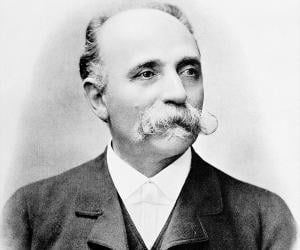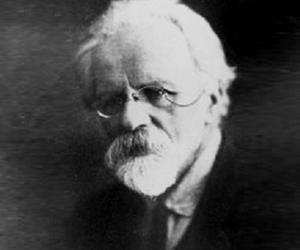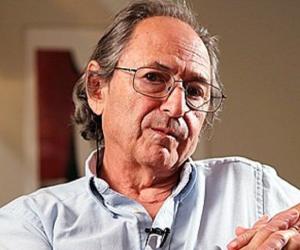Quick Facts
Also Known As: Ernst Walter Mayr
Died At Age: 100
Biologists Ornithologists
Died on: February 3, 2005
place of death: Bedford
More Facts
education: University of Greifswald, Humboldt University of Berlin
awards: 1994 – International Prize for Biology
1958 – Darwin–Wallace Medal
1970 – National Medal of Science for Biological Sciences
1999 – Crafoord Prize in Biosciences
Childhood & Early Life
On July 5, 1904, Ernst Mayr was born in Kempten, Germany, to parents Dr. Otto Mayr and Helen Pusinelli.
Dr. Otto Mayr, by profession, was a law practitioner but he was a keen-naturalist and took his kids on visits to inculcate in them a love and understanding of their natural surroundings.
From an early age, Mayr showed interest in ornithology. The family moved to Dresden, after his father passed away when Ernst was in his early teens, where he studied at the ‘Staatsgymnasium’ (‘Royal Gymnasium’).
At high school, he was a member of the ‘Saxony Ornithologists’ Association’. At the association, he made acquaintance with Rudolf Zimmermann, the renowned ornithologist who decided to take Mayr under his tutelage.
Ernst pursued medicine at the ‘University of Greifswald’ beginning in 1923. He stated his reason for choosing Greifswald over other famed universities just because it was an interesting and rich ornithological area.
Career
In 1925, Erwin Stresemann, an ornithologist who came across Mayr’s work, suggested the latter to take up biology full-time to pursue his natural talents for ornithology.
He acquired his PhD in ornithology from the ‘University of Berlin’ in 1926, a feat he achieved when he was only 21 years old. After completing his doctorate Ernst then joined the ‘Berlin Museum’.
While at a zoological conference in 1927, he was introduced by Stresemann to Walter Rothschild. A banker by profession with a love for nature Rothschild appointed him at the helm of an expedition organised for the ‘American Museum of Natural History’.
At New Guinea, Mayr studied and catalogued bird skins, and in the process also named 38 previously unknown species of orchids. While in New Guinea, Mayr pointed out the mismatch in the facts offered by Hermann Detzner in his book, ‘Four Years among the Cannibals in German Guinea from 1914 to the Truce’.
The year 1930 marked the end of the expedition upon which he was appointed curator of ‘American Museum of Natural History’. It was here that he penned some of his most comprehensive compilations on taxonomy of birds.
In 1942 he published arguably his most significant book, ‘Systematics and the Origin of Species’, wherein he furthered the concept of evolutionary synthesis pioneered by Darwin.
Few years later Mayr joined the faculty of ‘Harvard University’, where he also served as the director of the ‘Museum of Comparative Zoology’ from 1961-1970.
After Mayr retired in 1975, he continued being the professor emeritus at ‘Harvard’. He continued to publish works on evolutionary biology, even after retirement.
Major Works
Mayr presented his ideas on evolution and species in his most significant book ‘Systematics and the Origin of Species’ in 1942. His theory was an integration and progression on the works of Gregor Mendel (genetics) and Charles Darwin (natural selection).
In his lifetime, Mayr named around 25 new bird species, 410 sub-species, and over 38 new orchid species in New Guinea itself.
Awards & Achievements
Ernst Mayr received the ‘Darwin-Wallace Medal’ in 1958 because of his work on the definition of species and his contribution in advancing Darwin and Mendel’s theories on evolution.
In 1969, the President of United States awarded this scientist extraordinaire the prestigious ‘National Medal of Science for Biological Studies’, for his contribution to the field of biology.
He received the ‘International Prize for Biology’ in 1994 for his work in advancing research on fundamental biology.
Personal Life & Legacy
In 1931, Mayr moved from Germany to the United States, to join the American Museum of Natural History; while he was in America, the Nazis took over Germany. Ernst, who was grateful to be safe in New York, settled permanently in the United States.
In 1935, Mayr exchanged nuptial vows with Margarete Simon. They had two daughters and their marriage lasted more than 55 years until his wife passed away.
The erudite scientist breathed his last on February 3, 2005, at the age of 100, in Bedford, Massachusetts. He was diagnosed with cancer few weeks prior to his last days.
Harvard University established the ‘Ernst Mayr Library of the Museum of Comparative Zoology’, in the honour of this erudite biologist
See more:


